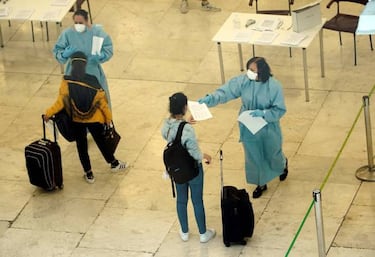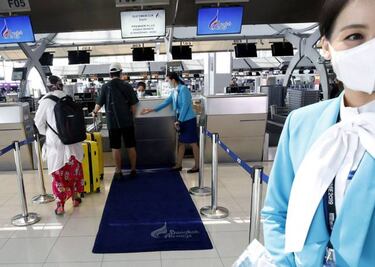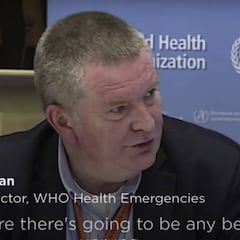Air travel: how will it change after coronavirus
The future of air travel is as uncertain as it has ever been, more so than after 9/11, and we consider what a flight post-Covid-19’s arrival may look like.


Airline companies around the world have been hit hard by the effects of the coronavirus pandemic. As borders closed, planes were grounded, and the financial losses quickly began to mount up. Those same businesses have been working every day looking at ways in which they can get people back in the air safely as quickly as possible, and so we wondered just how a journey in our new normal may proceed.
Before you travel and check-in
The first thing to consider is that the final farewell from loved ones is likely to happen earlier, with non-fliers kept out of the airport to reduce congestion, and those that do then go inside the building will be controlled more tightly than before. We will see numerous hand sanitising stations upon entering as well as sections and queuing areas marked out to remind travellers of distancing rules.
Airport workers will be wearing protective clothing in some form depending on their role, and those at desks will be behind screens. Need to travel up to the departure area? You may well have to take the stairs or escalators to avoid close proximity in an enclosed elevator.
We are already seeing the importance of technology in the steps being taken by some of the major airlines. Just as we increase our use of contactless payment machines in shops and restaurants, so too will the idea of non-touch be maximised in airports. Payments and check-in will be pushed exclusively online, while modern face recognition can be used to identify a person rather than their paper passport.

Thermal scanning will become more commonplace too as a passenger’s body temperature is gauged and their luggage will be treated to a chemical cleaning too, potentially being sent through a UV tunnel before arriving in the plane’s hold compartment.
- Can US citizens travel to Hawaii: Conditions and quarantine
- What countries can I travel to this summer?
- Can US citizens travel to Canada and Mexico?
Boarding and departure
Facial recognition will also be used to get you on the plane and then you’ll be seated with more space that you were perviously used to. There are various ways in which airlines will manage this although one that is being talked up is simply leaving the middle of three (where this applies) empty.
Your friendly stewards and stewardesses will be less visible in their protective clothing and there is a likely need for decontamination for each new set of passengers, possibly using an electrostatic spray.

You may have more space to yourself onboard, however, many people agree that short-haul flights (at least) will not offer an in-flight catering service to minimise close interactions.
Destination arrivals
OK, so you’ve made it to your airport destination but you are not finished with your ‘new’ experience just yet. Obviously your country of origin and airline company may have taken all the necessary steps but further tests will be required upon arrival. More biometric screening could take place, while some nations may go as far as blood or other tests depending upon what is deemed appropriate at the time.
Related stories
The international community, or intra-continental, may also demand a certificate of immunity or confirmation that a vaccine has been administered, when that day comes.
PPE vending machines installed at Las Vegas' McCarran airporthttps://t.co/sMokbiY1gN via @FOX5Vegas pic.twitter.com/Pv8C2ke0bI
— JohnnyJet (@JohnnyJet) May 15, 2020
Of course, the introduction of other technologies and of course the arrival of that much-needed vaccine, could return us to the travel we were used to before Covid-19 reared its ugly head. But with so much having changed - both with airlines at risk of going bankrupt and with some benefits of a new way of doing things in many societies - travel may never quite look the same again…

